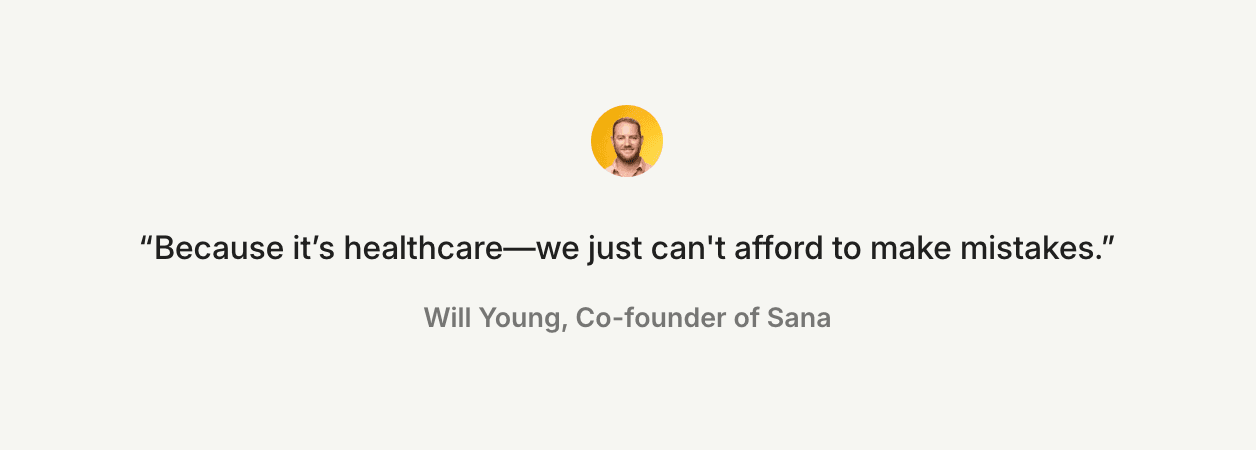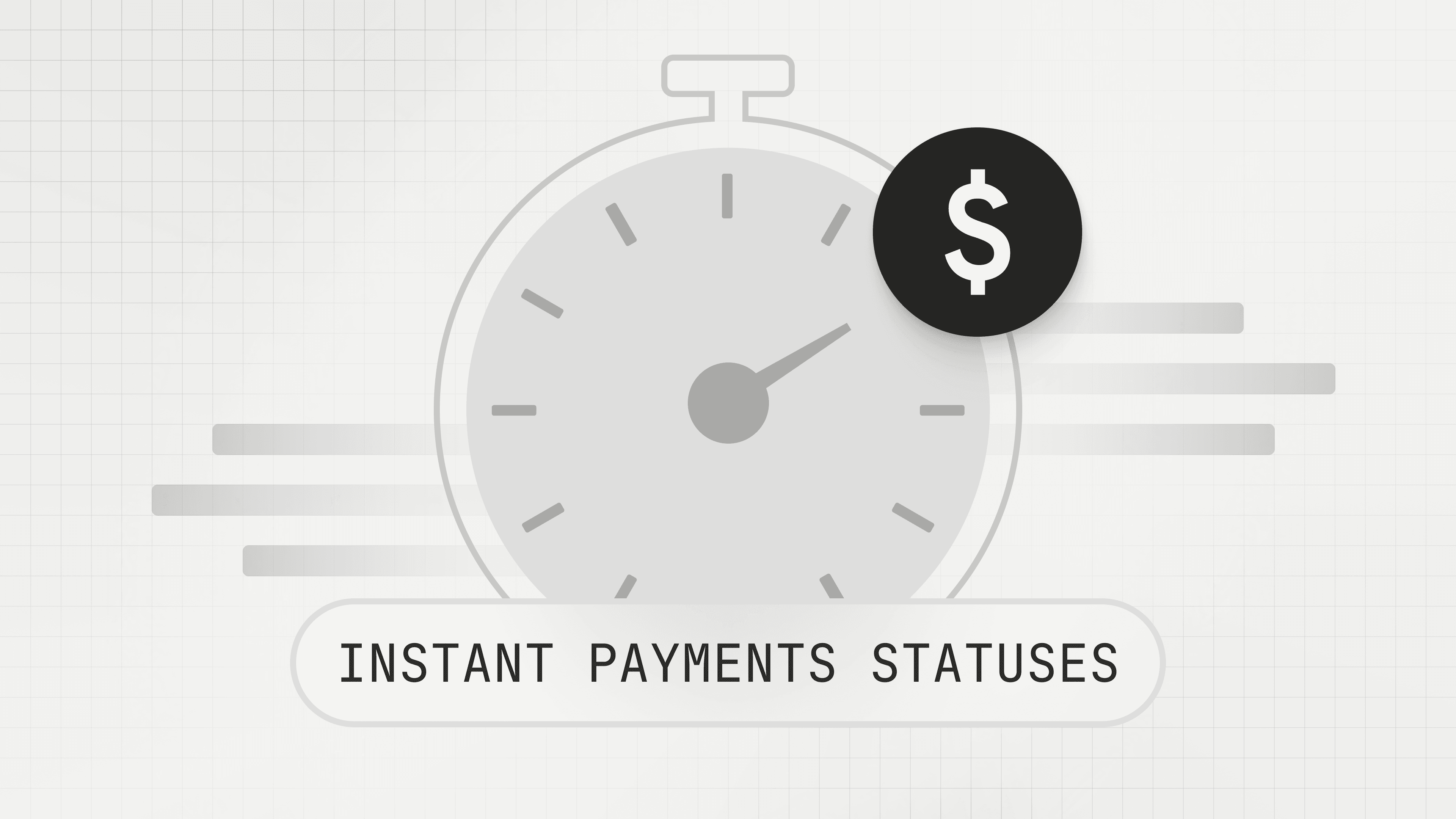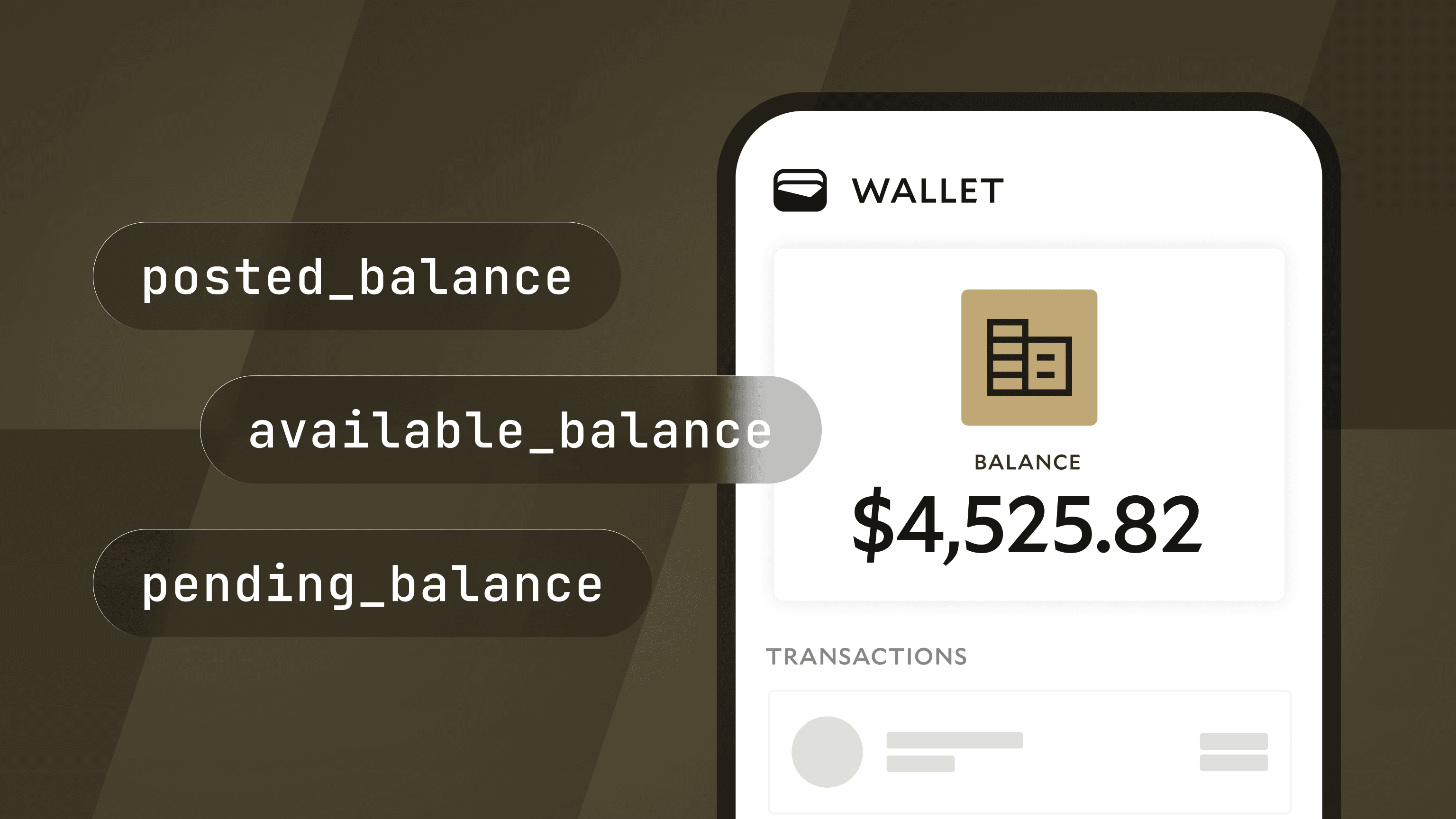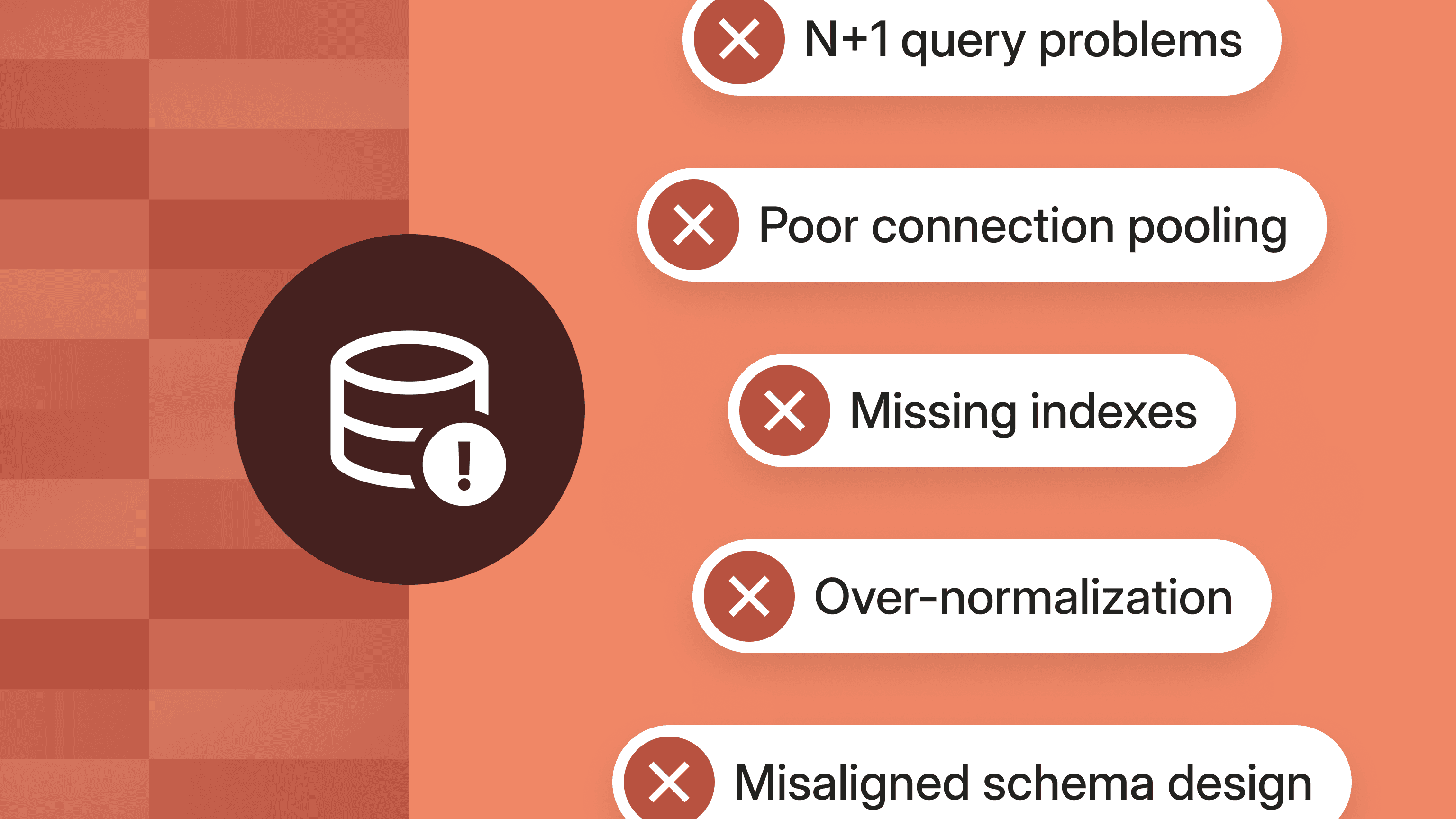How Healthcare Companies Use Modern Treasury
Explore how healthcare companies can benefit from a modern operating system for payments.

Healthcare is an essential service—it’s also a giant industry that moves a lot of money. In 2021, $4.3T was spent on healthcare in the US, representing 18.3% of the GDP. In spite of this payment volume, healthcare admin technology has noticeably lagged behind. Case in point: nearly two-thirds of healthcare provider organizations still use legacy systems.
In the case of payments, healthcare companies across use cases could benefit from improved infrastructure. This article will explore the complications underlying healthcare payments, what modern payment operations would entail for the industry, and two complex use cases—insurance and benefits—that illustrate the value of a solution like Modern Treasury.
A Case for Modern Healthcare Payments
Healthcare payments are a fact of life, often holding personal and emotional weight. They are also notoriously difficult for individuals to navigate. Even in the B2B space, in some capacity, all healthcare companies interface with the consumer. And consumers are frustrated—over half find it stressful paying healthcare bills (55%), understanding insurance coverage and benefits (53%), comprehending what they owe (53%), and reconciling a bill issue with a payer (59%).
Why are these systems so challenging for consumers? Primarily, because managing these payments is also challenging on the back end.
Major hurdles for healthcare companies around moving money include:
- Complex systems. Money movement in healthcare often involves multiple parties and multiple payment rails on the back end. Software and tools proliferate, and third-party systems are common.
- Sensitive data. Medical data is personal, private, and protected by law. Healthcare companies need to ensure compliance with regulations and keep security top of mind.
- Administrative processes. As previously mentioned, healthcare has lagged behind other industries in technology adoption. Of the $4T spent annually on health care, roughly $1T goes to admin spending on processes including payments
- High stakes. Healthcare payments are often characterized by urgency—reliability is essential and errors are costly. The ability to make and manage healthcare payments can literally be a lifeline for consumers.
Given this complex reality, what does a desired future state look like? With the right infrastructure and supports via Modern Treasury, in the future healthcare payments could be:
1. Fast. Collections and payouts should be faster across payment rails, including checks, ACH, wires, RTP, and FedNow. Reconciliation should be automated to simplify reporting and payment attribution.
2. Streamlined. Payments data and money management should be centralized and transparent, with built-in automation to reduce manual work and more efficient processes for paper handling. Convenience on the back end should be matched by convenience for consumers with user-friendly interfaces and embedded payments.
3. Secure. PHI (personal health information) should travel through as few parties as possible to improve security and reduce points of failure. Modern payment operations platforms need to integrate into healthcare payment flows without touching PHI—Modern Treasury does that.
Automating Money Movement in Healthcare
Modern Treasury specializes in supporting companies that intermediate payments between multiple parties using their own bank relationships. Many healthcare businesses sit in the flow of funds, given their business model.
Automating money movement and reconciliation for healthcare companies is particularly complex—and this is where many standard AP/AR and treasury management tools fall short.
Informing, powering, and orchestrating money movement is complex for healthcare businesses because (1) payment rules are, by nature, custom, necessitating robust and configurable payments API and (2) given the sheer number of parties, reconciliation needs to be automated to accommodate for high volume and complexity.

Here, we explore two use cases where an operating system like Modern Treasury can be particularly well-suited, especially when it comes to solving reconciliation and powering money movement at scale:
- Health insurance
- Health benefits providers
Healthcare Payment Ops in Action: Insurance and HSA
Money movement is often complicated by the number of parties involved in each transaction. Both health insurance companies and health benefits providers have to manage some of the more complex fund flows in the industry, across multiple accounts—and they have to get things right.
Health Insurance
Consider a health insurance startup like Sana, offering self-insured health care and employee benefits to over 230 small and medium businesses comprising 8,000+ employees.
For Sana to succeed, the company needs to be able to:
- Seamlessly collect member and employer premiums
- Swiftly pay health care providers
- Efficiently manage payment flows across (on average) 5+ bank accounts
- Scale payments and easily automate new payment flows
- Minimize time spent on monthly close and reconciliation
- Conserve technical resources by avoiding expensive in-house builds
- Ensure compliance and accuracy (avoiding error-prone manual entry)

By their estimate, the Sana team was able to save $220,000 they would have invested in the creation and maintenance of a custom solution. Instead, the team implemented Modern Treasury API calls with a few lines of code—Sana also embedded payments in their platform to improve experience for end-users and centralize data.
In addition to the benefit of automating new and existing payment flows—giving the finance team important visibility into money movement—Sana also saves time closing the books.
The Modern Treasury platform allows Sana to tag reconciled payments with the right accounting categories and attribute them to the right vendors and customers, continuously syncing that data to their data warehouse.
Currently, Sana processes 100% of their payments, across 12 bank accounts, within Modern Treasury.
HSA
Imagine an enterprise-level health benefits provider for Third-Party Administrators (TPAs), managing $40M in money movement daily and 4 million transactions annually.
To support TPAs with an HSA (or health savings account) flow, this benefits provider needs the ability to:
- Seamlessly collect and attribute employee contributions
- Swiftly pay out vendors
- Manage reimbursement for employee out-of-pocket HSA purchases
- Efficiently orchestrate payment flows across 40+ bank accounts
- Streamline complex bank account reconciliation (including real-time reconciliation on returns at scale)
- Save time during each accounting close
- Stay compliant for future audits
Health benefits providers hold funds for individuals in an omnibus account, making it imperative that funds are appropriately tracked and earmarked for the right individual. For an HSA flow, money moves in and out of the omnibus account from investment and contribution accounts to debit card, fee/interest, and disbursement accounts before hitting settlement and company accounts.
Given the number of moves HSA contributions make, automated reconciliation is vital.
Otherwise, on a weekly, monthly, or quarterly basis, team members would be using a bank portal (or several) to track thousands or even millions of transactions.
Currently, an enterprise-level health benefits provider is using Modern Treasury for this purpose, supporting transactions for over 11K employee HSAs. Via API, Modern Treasury automatically tracks and matches payment orders against settled payments, flagging unreconciled transactions for review.
Using Modern Treasury, this company ensures accuracy in an automated fashion and gains an invaluable historical record (vital come audit time) for cash management and troubleshooting as necessary. As a result, HSA account holders can reliably access their balances in real time.
In the future, this company will also be managing reconciliation for FSA and Cobra with Modern Treasury. These benefit flows present similar complexities and requirements to an HSA—namely, they require infrastructure to support money movement at scale from end to end.
Healthcare Payments with Modern Treasury
Other healthcare companies that sit in the flow of funds—including healthcare payments platforms—can also be well-served by Modern Treasury’s operating system.
For healthcare businesses that are not in the flow of funds or moving money at scale, Modern Treasury can still help with payment automation, ledgering, and complex reconciliation, especially for the following use cases:
- Healthcare equipment and service providers
- Biotech and pharmaceutical companies
- Hospital chains, clinics, and care providers
Across use cases, Modern Treasury’s APIs and dashboard seamlessly power healthcare fund flows at scale. From automated reconciliation and faster payments to foolproof ledgering to real-time financial data, Modern Treasury is the tool healthcare product and finance teams need. Reach out today to learn more.








